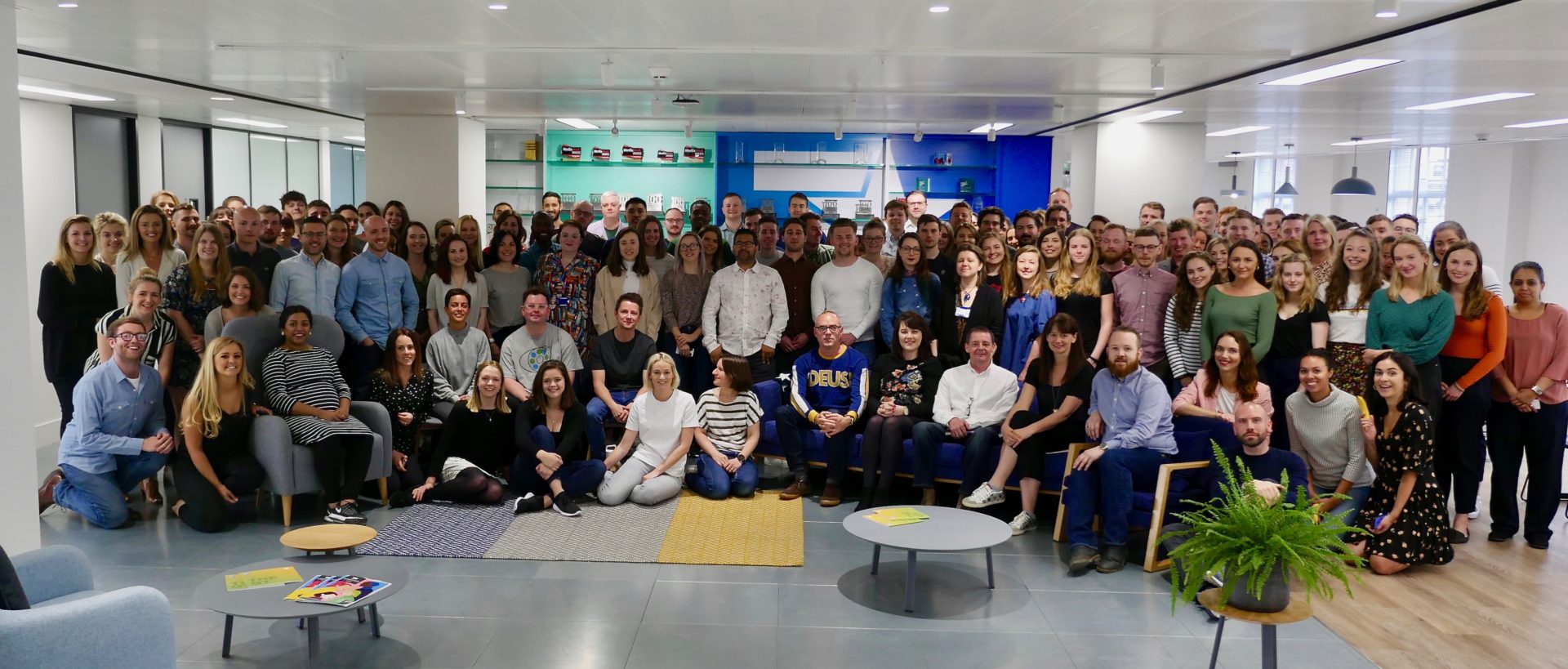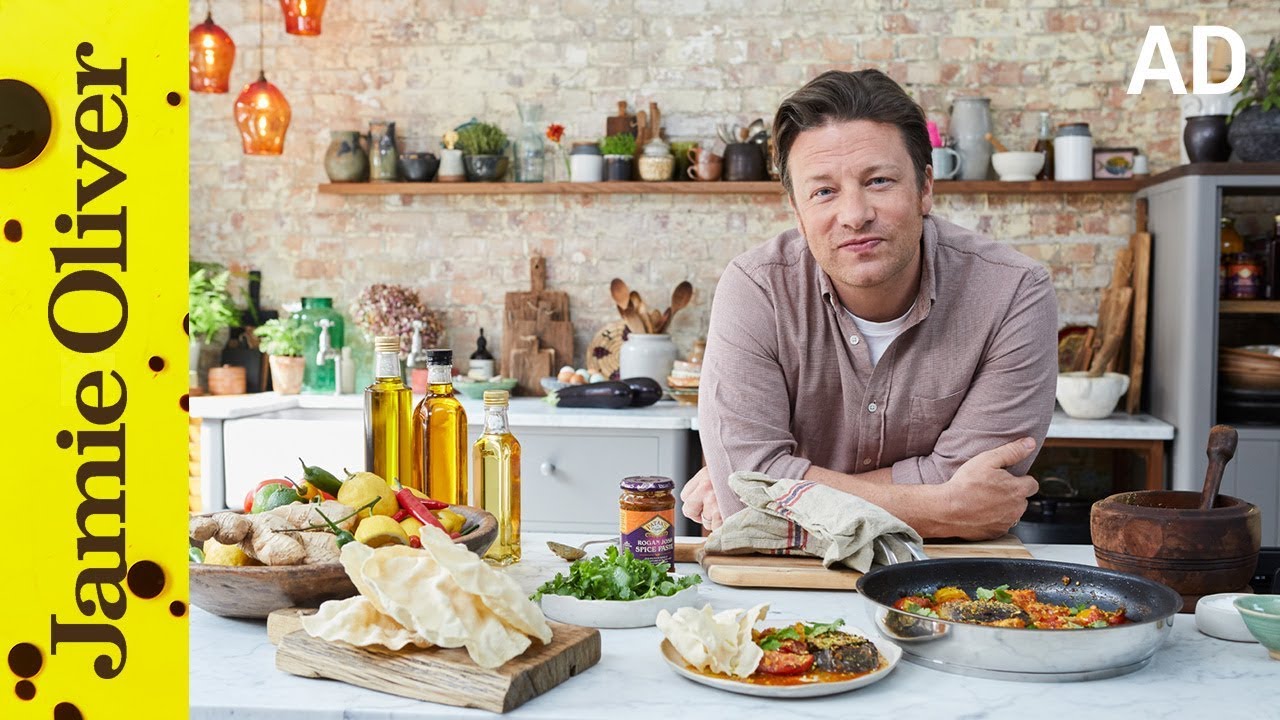
It is recently reported that John Lewis is about to launch its own buy now pay later (BNPL) product as they respond to consumers thirst for more convenient and easier ways to pay. With talk of M&S following suit, BNPL schemes have been the fastest-growing online payment method in the UK last year and are predicted to account for 10 per cent of UK e-commerce spending by 2024.
The agreements, provided by firms such as Klarna and Clearpay, are a flexible payment method that allows customers to make a purchase when they may not have the funds at that time. They can then pay for their goods flexibly – and interest-free – either within a 14-day window, 30-day window or in instalments.
Klarna recently has raised $1billion (£720million) of new funds amid rapid growth. The Swedish firm reported to be valued at $31billion making it the most valuable fintech firm in Europe.
Greater regulation is not far behind, but that will only bring further consumer confidence in the payment mechanic.
Shopping cart abandonment is one of the biggest issues that online retailers still face, with a lack of payment options being one of the key drivers. The payments landscape however, is evolving at pace, responding to consumers’ drive for convenience and the ability to have more flexibility in their purchasing decisions.
Retailers need to think about what payment methods they want to integrate to give their customers the right choice.
What else we’ve uncovered:
You Tube is testing the ability to shop directly through videos, as it creates a shoppable platform.
Amazon quietly buys a competitor to Shopify as battle hots up.
Shopify to introduce Shop Pay to Facebook and Instagram to help businesses capitalise on social commerce
Sources
Econsultancy – https://econsultancy.com/stats-roundup-coronavirus-impact-on-marketing-advertising/
Internet retailing – https://internetretailing.net/mobile-theme/mobile-theme/almost-a-fifth-of-the-uks-population-have-used-buy-now-pay-later-as-they-shift-away-from-credit-cards-and-towards-mobile-22843
This is Money – https://www.thisismoney.co.uk/money/markets/article-9333191/John-Lewis-offers-online-buy-pay-later-scheme.html













Recent Comments